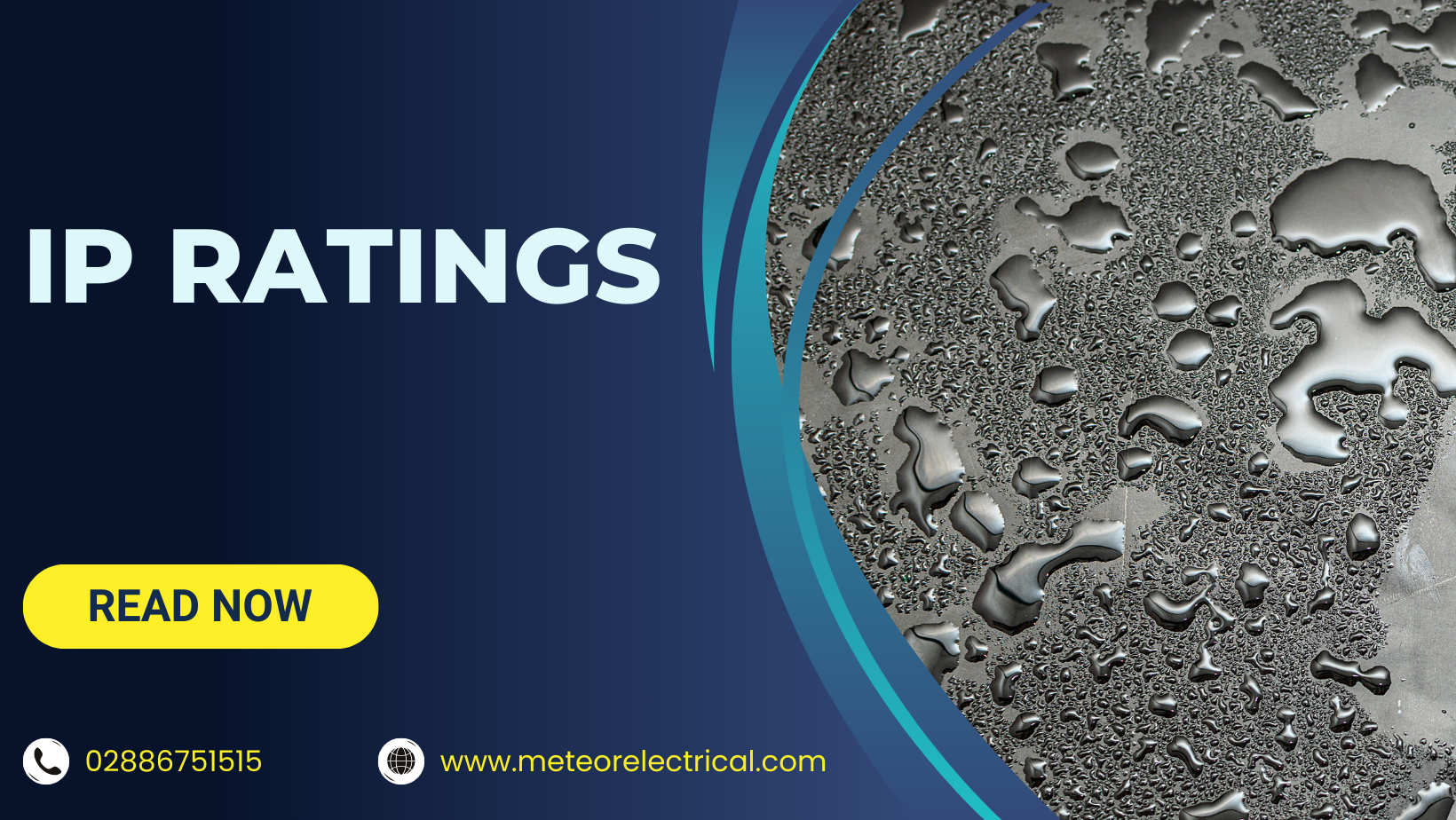Cracking the Code: Demystifying IP Ratings for Electrical Devices
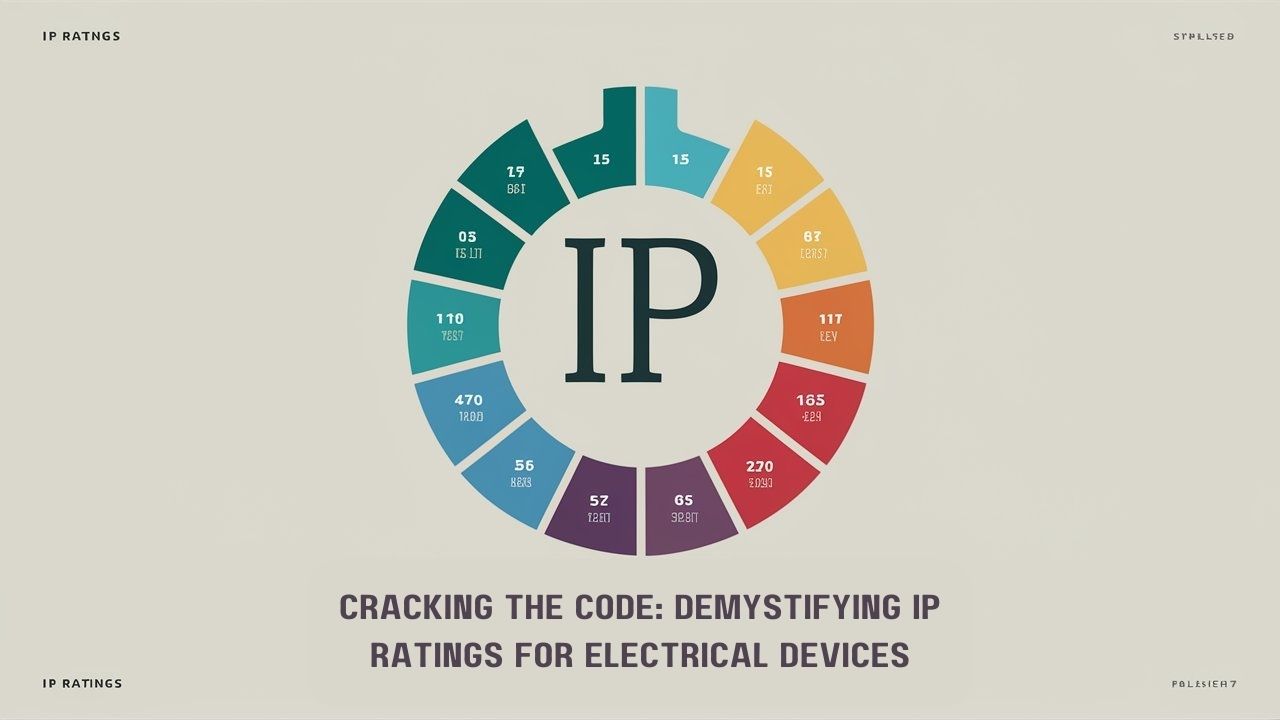
Have you ever spent a stressful afternoon frantically drying your phone after a dunk in the pool? Maybe you're worried about leaving your expensive speaker outside during a surprise rainstorm. We've all been there! But what if there was a way to easily choose electronics that can withstand any adventure?
The secret weapon? Understanding IP ratings. These handy codes aren't just random letters and numbers; they're your key to deciphering how well-protected your devices are from dust, dirt, and water. Imagine an IP certification chart as your personal decoder tool, unlocking a world of worry-free gadget use!
In this blog, we'll crack the code on IP ratings, transforming you from a confused consumer to an informed electronics professional. We'll explain what those numbers mean, how to use an IP rating chart UK effectively, and why it matters. By the end, you'll be equipped to make smarter choices for your gadgets, ensuring they can withstand the environments you throw them into.
Let’s dive in!
Understanding IP Ratings on Electronic Devices
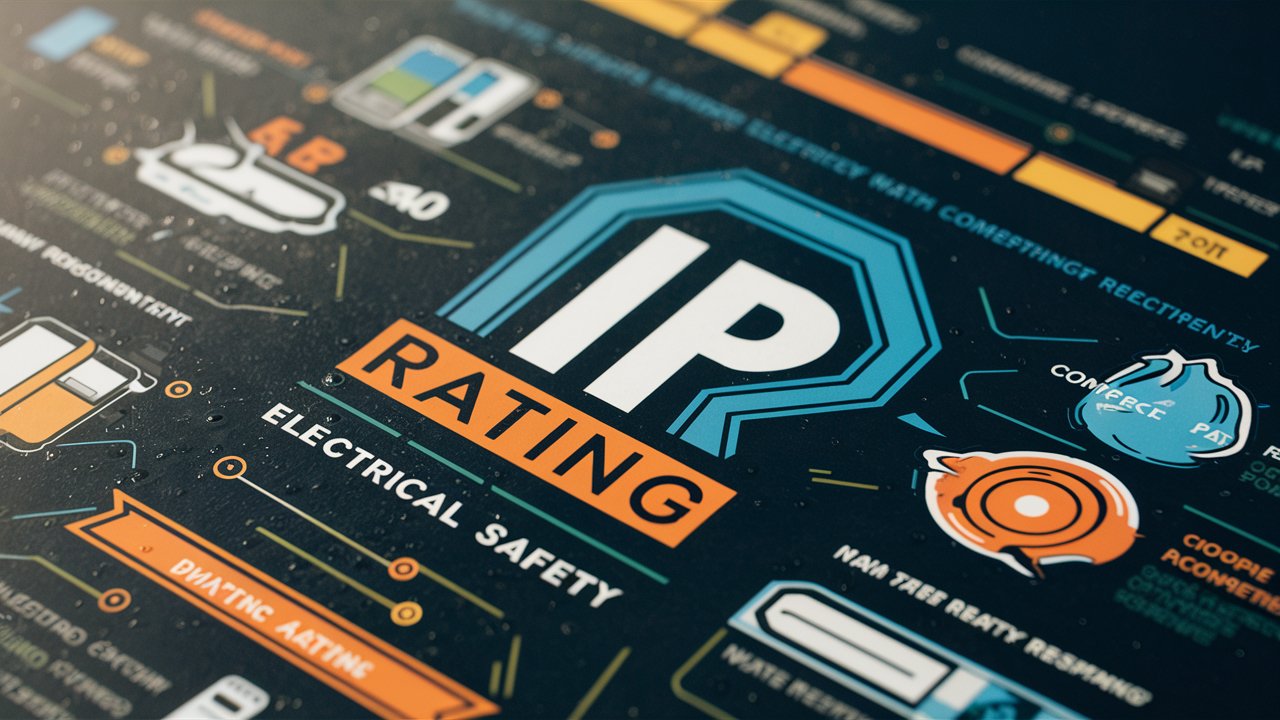
Many electronic devices display a cryptic series of letters and numbers called IP ratings. These ratings aren't random; they hold valuable information about a device's ability to resist foreign objects like dust and liquids. Understanding IP ratings empowers you to make informed decisions when purchasing electronics, ensuring they can withstand the environments in which they'll be used.
For instance, when you're shopping for a smartphone or a smartwatch, knowing the IP rating can help you determine if the device can survive in dusty environments or endure water exposure during unexpected rain showers. According to the International Electrotechnical Commission (IEC), IP ratings are standardised globally, making them a reliable indicator of device durability.
Breaking Down the IP Rating
What Does IP Stand For?
IP stands for Ingress Protection. The subsequent two (or sometimes three) digits following "IP" indicate the level of protection against solid objects and liquids, respectively. A higher number signifies a greater level of protection.
The Two-Digit System
1. First Digit (Solids Protection): Ranges from 0 to 6
- 0: No protection
- 1: Protection against objects >50mm (e.g., large hands)
- 2: Protection against objects >12.5mm (e.g., fingers)
- 3: Protection against objects >2.5mm (e.g., tools, thick wires)
- 4: Protection against objects >1mm (e.g., most wires, small tools)
- 5: Dust-protected (limited ingress of dust)
- 6: Dust-tight (no ingress of dust)
2. Second Digit (Liquids Protection): Ranges from 0 to 9K
- 0: No protection
- 1: Protection against vertically dripping water
- 2: Protection against dripping water when tilted up to 15 degrees
- 3: Protection against spraying water
- 4: Protection against splashing water
- 5: Protection against water jets
- 6: Protection against powerful water jets
- 7: Protection against temporary immersion in water
- 8: Protection against continuous immersion in water
- 9: Protection against high-pressure, high-temperature water jets
Example: An IP67 rating means the device is completely dust-tight (6) and can withstand temporary immersion in water up to 1 meter (7).
Credit: LabTest Certification Inc
Additional Considerations
"X" in IP Ratings
Sometimes, you might encounter an "X" instead of a number within an IP rating. This signifies the device hasn't been tested for that specific category (solid or liquid ingress).
- Example: IPX7 indicates the device has been tested for water resistance up to 1 meter but hasn't been tested for dust protection.
Extra Letters in IP Ratings
In rare instances, an IP rating might include an additional letter at the end. This letter signifies specific testing for unique hazards or materials.
- Example: IP44M – The "M" signifies resistance to oil, making it suitable for industrial environments where devices might come into contact with lubricants.
Example Devices:
- IPX7: Certain Bluetooth speakers designed primarily for water exposure.
- IP44M: Industrial equipment exposed to oil and moisture.
Ensuring Global Consistency: The Importance of Standards
Imagine if every electronics manufacturer used their own system to label device durability. Chaos! Thankfully, international standards ensure consistency in IP ratings across the globe. This means you can trust an IP rating on a phone in Japan to signify the same level of protection as one on a speaker in Germany.
The Governing Bodies
1. British Standard BS EN 60529:1992
- Sets the guidelines for assigning IP codes in the UK.
- British Standards Institution
2. IEC Standard 60529:1989
- The international standard from the International Electrotechnical Commission (IEC).
- International Electrotechnical Commission
3. EN 60529 Certification
- Aligns with the IEC standard.
- Provides a certification process for manufacturers to ensure their IP ratings meet international criteria.
These standards guarantee that IP ratings are based on rigorous testing procedures established by organisations like the IEC, offering you peace of mind when evaluating a device's durability.
Why You Need an IP Rating Chart in Your Toolbox
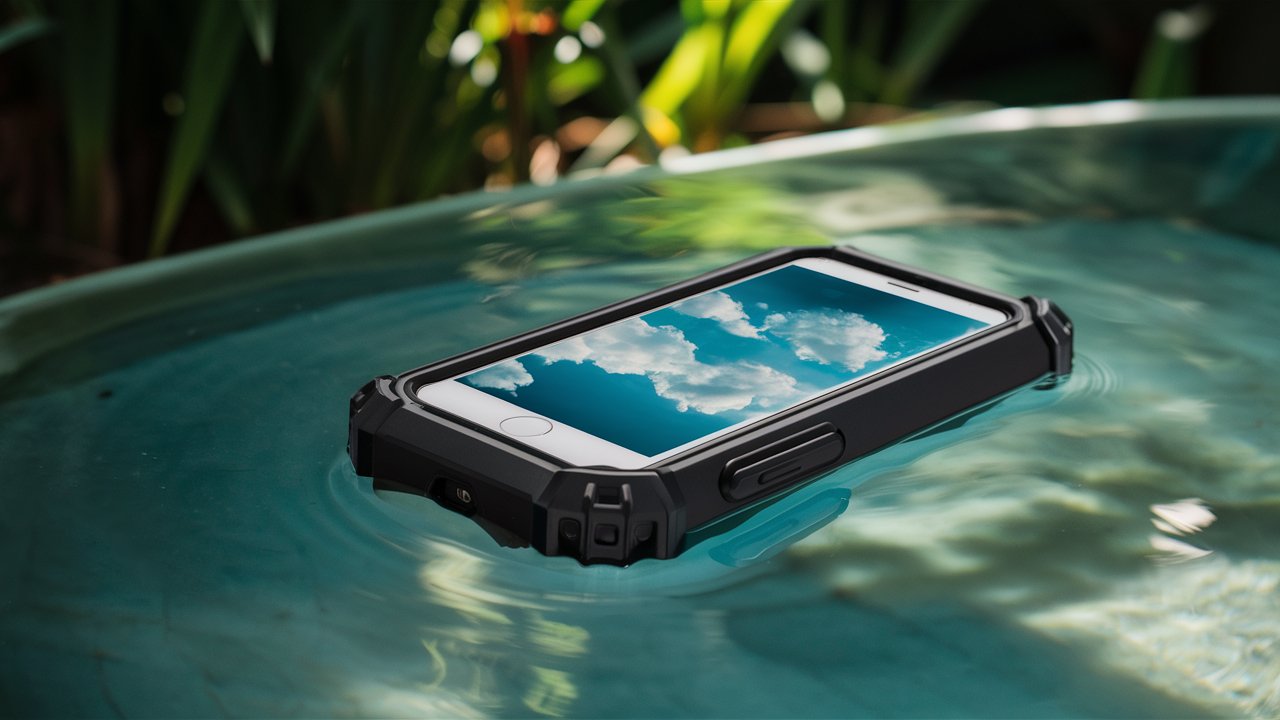
Ever felt unsure about using a fancy new gadget near water? Maybe you've questioned whether a speaker can handle the dust of a construction site. This is where IP ratings and their handy companion, the IP rating chart, come in!
Beyond Marketing Hype
Forget vague terms like "waterproof" that leave you guessing. An IP rating chart cuts through the confusion by offering clear, standardised information about a device's ability to withstand dust, dirt, and water. It's like a secret decoder tool for the world of electronics!
Making Informed Choices
Imagine this: you're picking out a new phone. An IP rating chart lets you compare different models and see which can handle the rain, dust, or accidental splashes you might encounter daily. This empowers you to choose a device that can truly keep up with your needs.
Safety First
Using the right equipment for the environment is crucial. An IP rating chart helps ensure you don't put a delicate device at risk. For example, it can guide you towards a work light with the appropriate dust protection for a construction site or a camera that can handle the elements on a hiking trip. By understanding IP ratings, you can make choices that prioritise both safety and the longevity of your electronics.
Peace of Mind
No more wondering, "Will this survive?" An IP rating chart equips you with the knowledge to confidently choose electronics that can withstand the environments they'll be used in. This translates to less worry and a longer lifespan for your gadgets!
Cracking the Code: Unveiling the IP Rating Chart
Ready to decipher the cryptic world of IP ratings? This handy chart breaks down the different levels of protection against dust and water, making it easy to understand what each number signifies.
Here's what you'll find:
The two digits: The first digit indicates protection against solid objects (dust, dirt), while the second tackles liquids (water). Higher numbers represent stronger defence!
Simple explanations: Each level of protection has a clear explanation, helping you understand what kind of environment the device can handle.
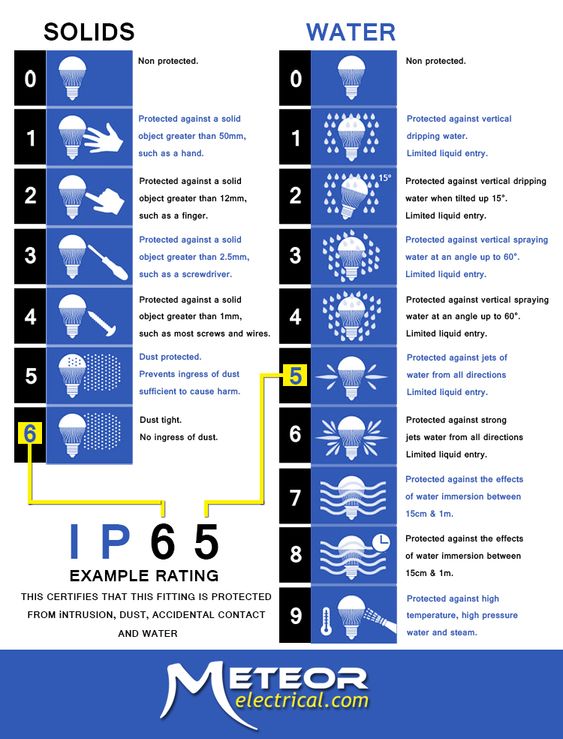
First Digit in IP Rating Table
|
0/X |
This IP chart rating means Not Rated (or no rating has been supplied) for protection against ingress of this type. |
|
1 |
An IP chart rating of 1 indicates protection against solid objects larger than 50mm (accidental hand contact with an open palm) but not against any type of deliberate damage caused by body contact. |
|
2 |
The IP chart rating of 2 means that the device is protected against solid objects larger than 12mm (accidental finger contact). |
|
3 |
An IP rating of 3 protects against any solid object larger than 2.5 mm, including tools and wires. |
|
4 |
IP chart rating of 4 pertains to protection against any solid object that is larger than 1mm, and this includes fine tools and wires, nails, screws, larger insects, and any other potentially invasive smaller objects. |
|
5 |
If an object has an IP chart rating of 5, then it has partial protection against external substances such as dust and other particulates. The item is protected so that any ingress cannot damage or interfere with the satisfactory performance of its internal components. |
|
6 |
An IP rating of 6 means that the device is fully protected against dust and similar particulates. In addition, it includes a vacuum seal and has been tested against continuous airflow. |
Second Digit in IP Rating Table
|
0/X |
This IP chart rating means Not Rated (or no rating has been supplied) for protection against ingress of this type. |
|
1 |
With an IP rating chart of 1, the device is protected against vertically falling droplets of a liquid, such as condensation. It is sufficient to assume that no damage or interruption in the functioning of components will happen when an item is placed upright. |
|
2 |
An IP rating of 2 on an IP rating chart indicates that the device is sufficiently protected against vertically dripping water when an enclosure is tilted up to 15° off vertical. |
|
3 |
A device with an IP rating of 3 on an IP rating chart means that it is protected against direct moisture spray at angles up to 60° off vertical. |
|
4 |
An IP rating of 4 on an IP rating chart indicates that the device is protected against splashing water or liquid and was tested for a minimum of 10 minutes with an oscillating spray. In other words, limited ingress is permitted with no harmful effects to be concerned about. |
|
5 |
An IP rating of 5 on an IP rating table means that the device protects against low-pressure jets (6.3 mm) of direct water from any angle. Limited ingress is therefore permitted with no chance of harmful effects. For example, an IP55 rating indicates limited protection against low-pressure jets and dust. |
|
6 |
IP rating of 6 on an IP rating table indicates that the device has protection against powerful jets with a nozzle size of 12.5 mm. It can withstand directed water from any direction. |
|
7 |
Devices with an IP rating of 7 on an IP rating table show that they have protection against it and have been tested for full immersion for up to 30 minutes at liquid depths between 15cm and 1 metre. There is limited ingress permitted with no harmful effects |
|
8 |
The IP rating of 8 on an IP rating table means that the device has proper protection against extended immersion under high pressure (i.e. greater depths). This indicates that precise parameters will be set and advertised by the manufacturer. This includes additional factors such as temperature fluctuations and flow rates, depending on the type of equipment that is being dealt with. |
|
9K |
A strong IP rating of 9K on an IP rating table indicates protection against high-pressure, high-temperature jet sprays, wash-downs, or steam-cleaning procedures. When this IP rating is found on an IP rating table for a device, it is most likely seen on a road vehicle application of some type. It usually has a standard ISO 20653:2013 Road Vehicles - Degrees of Protection. |
IP Rating Charts for Water Resistance
Imagine accidentally dropping your phone in the pool or leaving a speaker outside during a sudden downpour. These situations can be stressful, especially if you're unsure about the water resistance of your electronics. An IP rating chart UK eliminates this uncertainty by providing clear and concise information about a device's ability to withstand water exposure. They act as a decoder tool, helping you understand the specific level of protection each device offers, ensuring you can choose electronics that can keep up with your lifestyle.
Understanding Water Resistance Levels
- IPX4: Protected against splashing water from any direction. Suitable for outdoor speakers used during light rain.
- IPX7: Can withstand temporary immersion in water up to 1 meter. Ideal for smartphones that might be dropped in pools.
- IPX8: Suitable for continuous immersion in water, making it perfect for underwater cameras or diving gadgets.
- IPX9K: Resistant to high-pressure, high-temperature water jets. Used in industrial applications where devices face intense water exposure.
By referring to an IP rating chart, you can quickly identify which devices are best suited for your specific water-related needs, ensuring they remain functional and durable.
Beyond Your Gadgets: Unboxing the World of IP-rated Enclosures
IP ratings aren't just for smartphones and tablets! They play a crucial role in protecting a wide range of enclosures used in our everyday lives. Think of these enclosures as fortresses for your electronics, safeguarding them from the environmental hazards they might encounter. From the sleek case of your phone to the rugged housing of an outdoor light fixture, IP ratings ensure your electronics can weather the storm (literally!).
Outdoor Lighting with an IP Rating
Ever wondered why some outdoor lights seem to withstand pouring rain? The secret weapon? An IP rating! These ratings ensure safe and reliable operation even in challenging conditions. Depending on factors like location and potential water exposure, outdoor lights receive specific IP ratings to guarantee optimal performance. For example, a porch light facing the elements might have a higher IP rating than one tucked under a covered patio.
Bathroom Lighting: Striking the Right Balance
Bathrooms present a unique challenge: they need bright lighting but also require careful consideration for moisture and water exposure. Different zones within a bathroom have designated IP ratings to ensure safety and meet building regulations. For instance, a light fixture directly over a shower would require a higher IP rating compared to one positioned near the bathroom mirror.
Credit: Light Bulb Moments
Understanding IP66 Enclosures: A Deep Dive
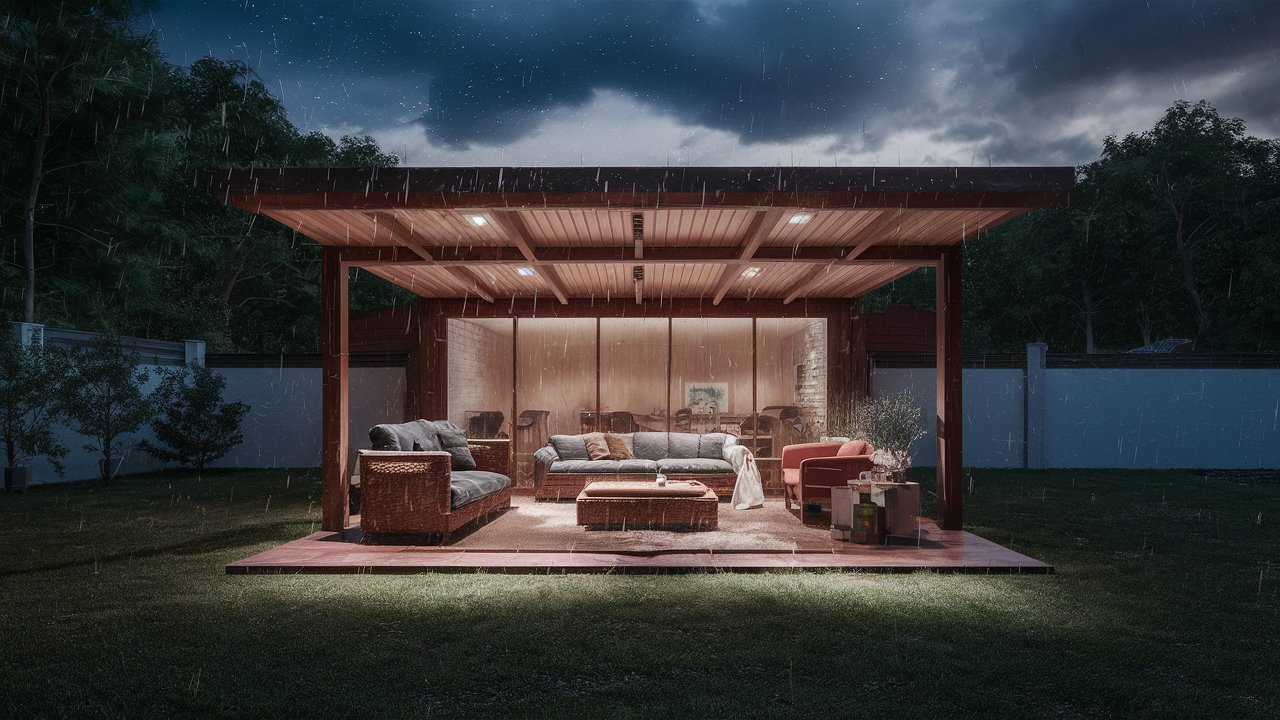
Imagine an enclosure that can shrug off a dust storm and withstand a power wash! That's the power of an IP66 rating. This rating signifies the highest level of protection against solid particles (like dust) and powerful jets of water (think high-pressure hoses). Devices with an IP66 rating are the ultimate warriors, built to perform flawlessly in harsh environments, from industrial settings to construction sites.
What Does IP66 Mean?
- First "6": Completely dust-tight. No ingress of dust, ensuring internal components remain protected.
- Second "6": Resistant to powerful water jets from any direction. Ideal for environments where devices may be exposed to intense water pressure.
Applications of IP66 Enclosures
The benefits of IP66 enclosures extend far beyond protecting your backyard lights. These versatile enclosures find applications across various industries, including:
- Agriculture: Irrigation systems and electronic controls on farms rely on IP66 enclosures to keep them safe from moisture and debris.
- Construction: Machinery controls and electrical distribution panels benefit from the exceptional durability and reliability of IP66-rated enclosures.
- Marine: Equipment used on boats and ships often require IP66 protection to resist saltwater corrosion and harsh weather conditions.
- Manufacturing: Ensures that critical machinery and electronic components remain functional despite exposure to dust and water jets.
By choosing IP66 enclosures, businesses can ensure their equipment remains operational and protected, reducing downtime and maintenance costs.
Conquering the Elements with Confidence: The Power of IP Ratings
Understanding IP ratings enables you to choose electronics that can truly conquer any environment. No more worrying about a surprise downpour ruining your phone or dust bunnies sabotaging your new speaker. With IP ratings as your guide, you can select devices that are built to last, keeping your electronics safe and worry-free.
Real-Life Benefits
- Durability: Devices with higher IP ratings are designed to withstand harsh conditions, reducing the likelihood of damage.
- Cost-Effective: Investing in IP-rated devices can save you money in the long run by minimising repairs and replacements.
- Versatility: Suitable for a wide range of applications, from outdoor adventures to industrial use.
- Peace of Mind: Knowing your devices are protected allows you to use them confidently in various environments.
Ready to Explore Durable Electronics?
Look no further than Meteor Electrical ! We offer a wide selection of high-quality electrical products, many featuring impressive IP ratings to ensure their durability and performance. Whether you're searching for weatherproof outdoor lighting, a phone that can handle your adventurous lifestyle, or any other IP-rated device, Meteor Electrical has you covered.
Frequently Asked Questions About IP Ratings
1. What does IP rating stand for?
IP stands for Ingress Protection. It's a standardised system that indicates how well a device resists dust, dirt, and water.
2. How do I read an IP rating?
An IP rating consists of two digits. The first digit represents protection against solid objects (like dust), and the second digit represents protection against liquids (like water). Higher numbers signify greater protection.
3. What does "waterproof" mean on an IP rating?
While "waterproof" isn't a term defined by IP ratings, a higher second digit (e.g., IP67 or IP68) typically indicates strong water resistance, meaning the device can handle more significant water exposure.
4. Where can I find the IP rating on my device?
The IP rating is usually printed on the device itself, found in the user manual, or listed on the manufacturer's website.
5. Do I need an IP-rated phone?
If you frequently use your phone outdoors, near water, or in dusty environments, an IP-rated phone offers added protection and peace of mind.
6. Are there any IP ratings for dust only?
Yes! An IP rating with an "X" in the second digit (e.g., IPX4) signifies the device is dust-resistant but hasn't been tested for water resistance.
7. Do all electronics have IP ratings?
Not all electronics are IP-rated, but many devices exposed to the elements—like smartphones, wearables, speakers, and outdoor lighting—often feature IP ratings.
8. Where can I find IP rating charts?
You can find many IP rating charts online, including a comprehensive one here.
9. Should I only consider IP ratings when buying electronics?
While IP ratings are important for assessing durability against dust and water, also consider other factors like features, performance, and price when purchasing electronics.
10. Can IP ratings be faked?
Although uncommon, some manufacturers may misrepresent IP ratings. It's best to purchase electronics from reputable brands and retailers to ensure authenticity.

